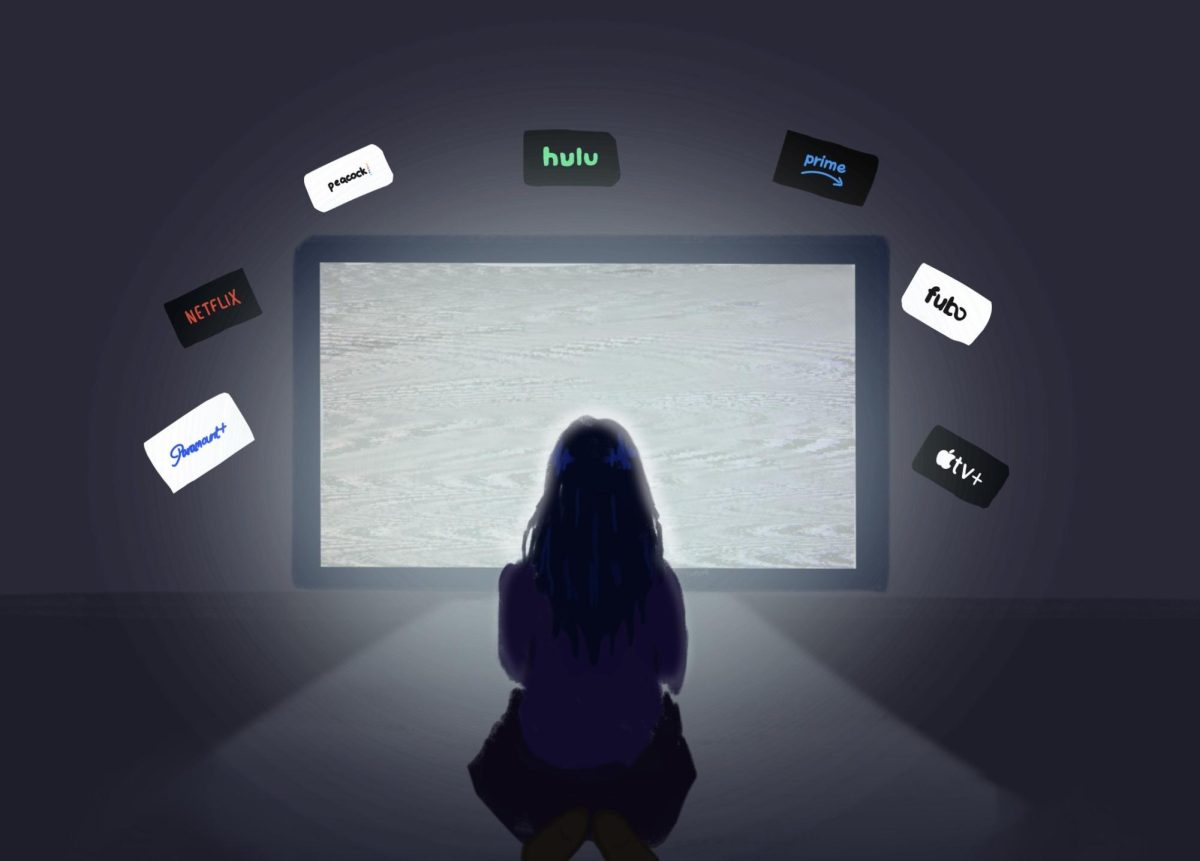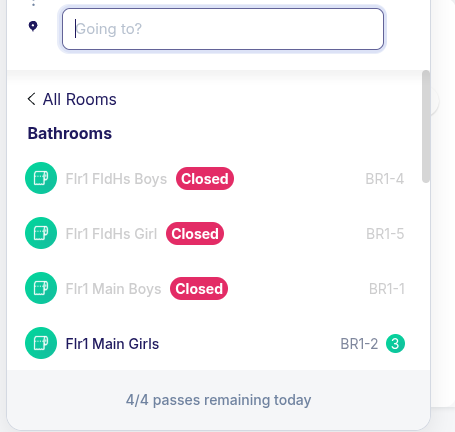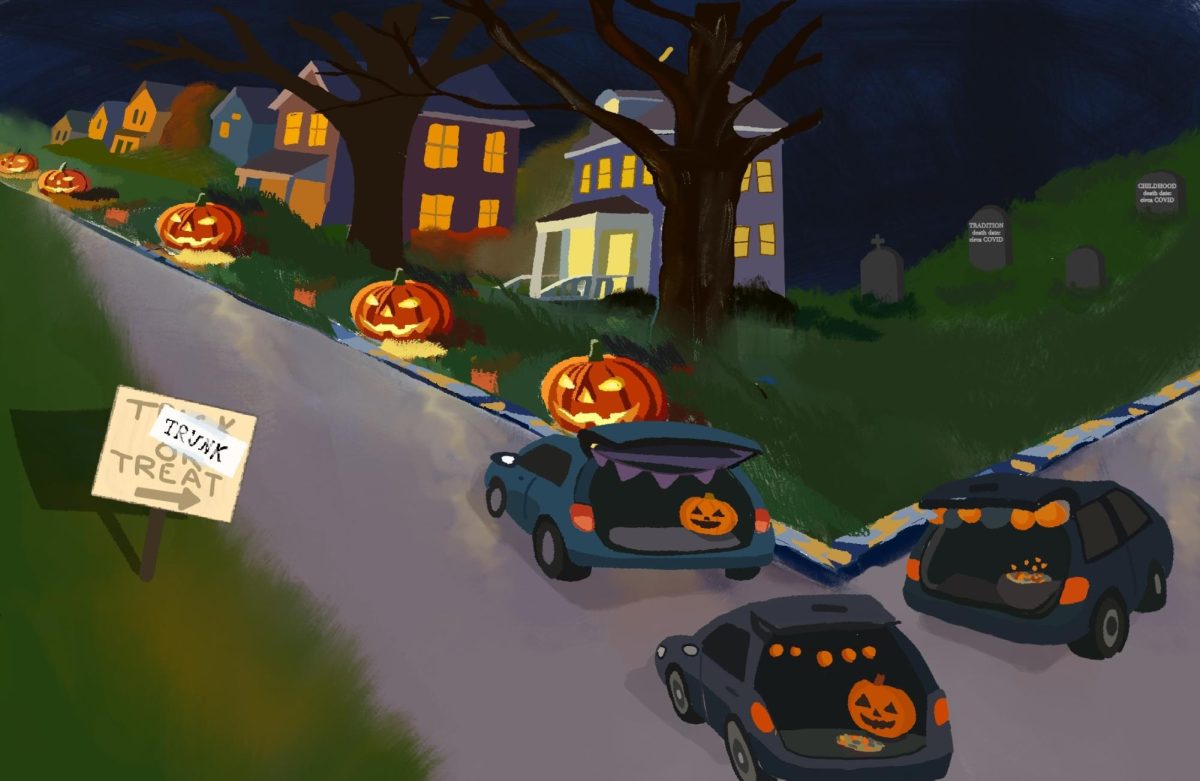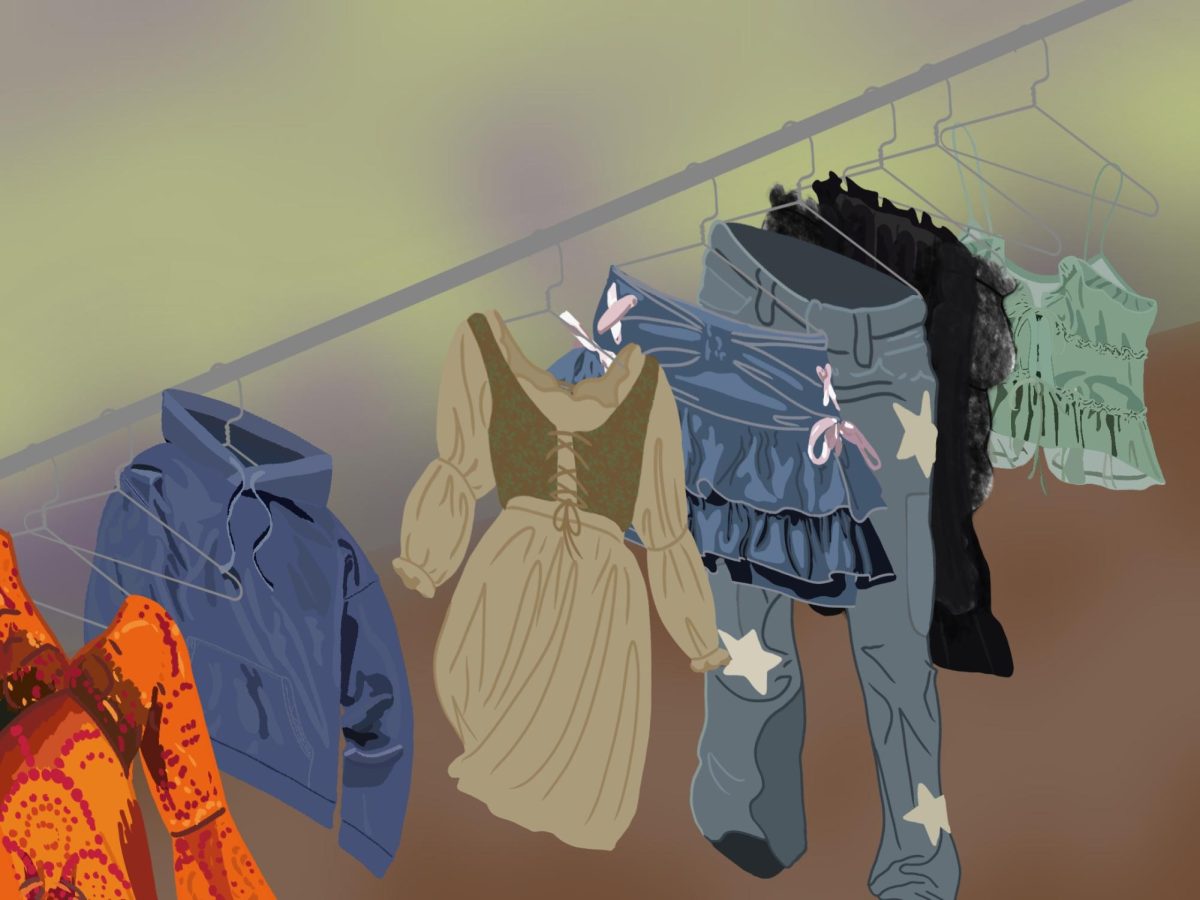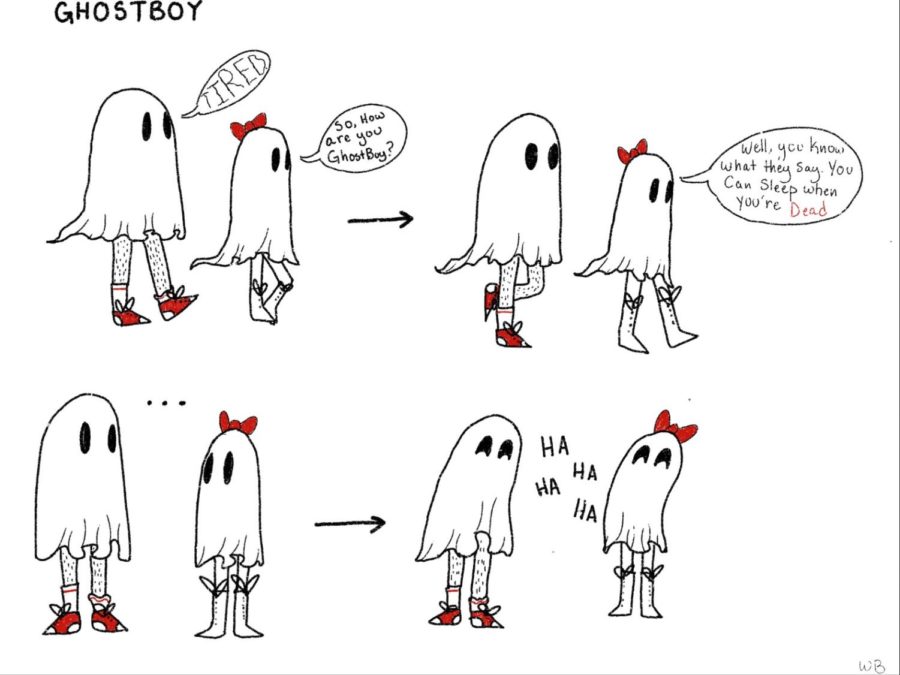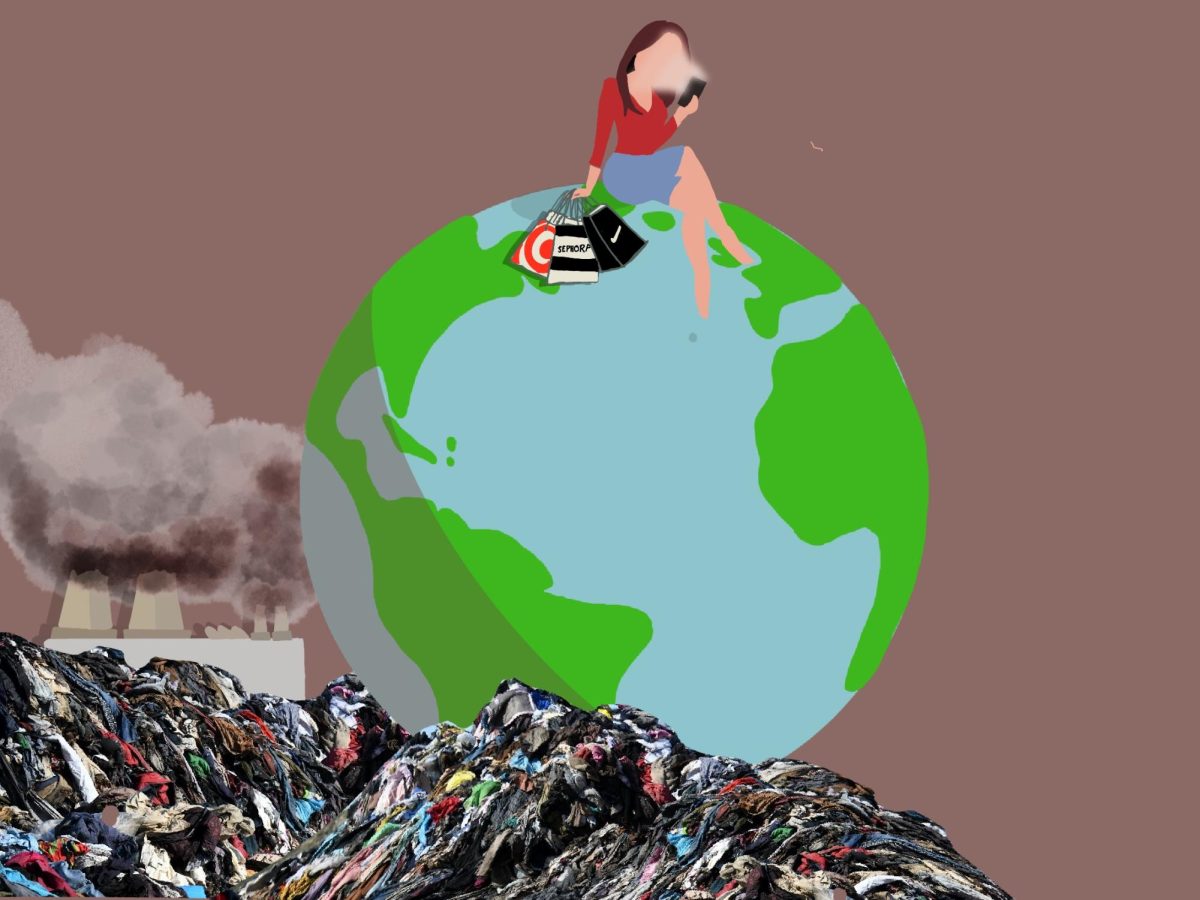I Am Not Okay With This. Anne With an E. The Society. The Midnight Club. Paper Girls. Do any of these names ring a bell for you? Or rather, do they trigger a visceral reaction from deep inside your soul? If so, then you’ve probably been a victim of the current state of the TV industry: Cancelled shows, eight episode seasons, angry fans, and seven seasons of Riverdale.
Of course, TV hasn’t always been like this. There was a time, not very long ago, when shows would air weekly episodes that were roughly 45 minutes each for months and years on end. Many critically acclaimed TV shows arose from this method: A few notable ones being Breaking Bad, Game of Thrones, The Sopranos, and The X-Files. All of these have become “classics” within the TV industry. However, they all stopped airing new episodes years ago.
With the current state of the industry, new, high-potential shows are getting cancelled after one season. Meanwhile, streaming services are abandoning the network model for bingeable television shows that you can stay up until 3 a.m. watching. One has to wonder—are we ever going to get that era of television back? Or has the monopoly that is Netflix’s 8 episode, 3 volume series that drop a batch of episodes every two months taken over?
Why the bingeable model?
In order to trace the origins of how the bingeable TV model came to be, one must first know of the term “binge watching”. The term became popular in the 2010s when Netflix introduced the concept of dropping seasons of shows all at once. This led to many audiences watching shows in one sitting rather than as each episode aired week by week.
Studies show that binge watching has adverse effects on peoples’ health due to it forcing the person to sit down for long stretches of time. However, the dopamine release that comes from clicking play on the next episode often overpowers that. With this model, viewers no longer have to wait a week for the next episode. There is no more delayed gratification—just instant gratification and a resolution of story arcs that come in just a few short hours.
More views equals more money, and at first, the bingeable model seems ideal: Creators get paid far more upfront rather than they would in backend costs (costs that came in after episodes had already aired on their designated network.) If someone tells you that you’re going to get paid a million dollars when season three comes out before you’ve even finished season one, then you’re going to agree to that deal. What could possibly go wrong?
The Problem
The streaming model gets shady when it comes to the payment of writers. The Writer’s Guild strike back in 2023 voiced concerns regarding the transparency of media companies on how much viewership shows were getting. The amount of viewership decides how much they are paid in residuals.
Residuals are payments to writers, actors, directors, and anyone else involved in the making of TV shows or movies in the event that they have cable reruns, are released on streaming media, get a DVD release, or involve anything outside of its initial release (ie. theatrical releases and the timeslot in which a new episode would air on television).
The problem is, shows are getting cancelled before they can reach these third seasons where writers and creators are supposed to get paid huge sums of money. Netflix, for example, measures the success of a show based on how many subscribers it allows them to gain. If those new subscriber goals aren’t met, especially for shows that are more expensive to make, then the show gets cancelled. When the show gets cancelled, streaming services can be more cagey about how much viewership it got, and therefore not pay their writers fairly based on those numbers.
Why Network TV is Better
Not all is lost, however—network television still exists. The Summer I Turned Pretty season three, for example, aired episodes weekly over the summer and into the early fall. This method is what allowed the Conrad vs. Jeremiah battle to drag out so much—the delayed gratification that came with wanting to see which boy would win Belly over each week grew the dedicated fanbase into what it is now.
However, this model is still being phased out by streaming services. Though one could argue that bingeable television is better for watching the resolution of story arcs all at once, the sacrifice for us getting it is two year gaps between seasons that end in a few short hours of binge-watching. Fanbases cannot be created that way. People are still talking about The Summer I Turned Pretty all over social media, while cancelled shows like Dead Boy Detectives have been left behind.
In addition, shows airing for more than one season means that writers can stay with the same projects for longer periods of time. This means consistent work and fewer concerns about shady payment practices. While there is still a chance of residuals not being paid fairly (WGA strikes have been going on since long before the one in 2023), there is less risk of shows being cancelled out of the blue and those promised $3 million payouts being snatched away from creators.
Airing shows weekly doesn’t just benefit writers, however; it also benefits audiences. When shows air weekly, they have more of a delayed gratification factor, which eliminates the risk of watchers sitting on their couch for hours, binge watching a mediocre eight episode season in pursuit of a quick story resolution. Not only this, but a show airing an episode per week allows audiences the opportunity to discuss each episode as it comes out, which fosters a fandom around the show as story arcs are given more time to unfold. If seasons drop all in one sitting, that fandom might last a few months before fizzling out due to lack of new content.
Streaming services have tried to replicate the network model by dropping episodes in “volumes” or “parts” rather than all at once. This pattern can be traced back to the release of Stranger Things 4, where seven of the nine episodes in the season were dropped in May 2022 and the remaining two were dropped in July 2022. While this does give some leeway for post production workers to make sure that the season is the best it can be, it does not account for the payment of writers. It cannot be used as a replacement for network television, as these episodes often drop a month apart rather than weekly. Sure, it builds hype for a bit longer, but the show will still end within a two month time frame rather than a yearlong one. Inevitably, the excitement will die out.
This new model that streaming services—particularly Netflix—have been introducing does not solve the glaring problem within the industry. If a season contains eight one hour long episodes, it still contains eight one hour long episodes regardless of when it drops. The current eight episode model leaves little time for the exploration of individual character arcs, filler episodes where characters get a break from all of the action, long form storytelling, and, most importantly, does not offer writers consistent work.
“Subscribers” and subscriber goals were not an issue in the era of network television. Episodes would just air on TV and viewers would watch them during their designated time slot. If most households had the ABC channel, for example (which they do), then Grey’s Anatomy could pop onto their screens during its time slot, and people could choose to watch it—or not. Now, if a show does not allow Netflix to gain enough subscribers, it gets cancelled, writers lose work, and the story is left unresolved.
This quick, expecting-to-be-cancelled, hopeless model does nothing except deprive viewers of satisfying stories and excitable fandoms. With the way the television industry is currently going, it would not be surprising to see an even sharper decline in high quality shows over the next few years.
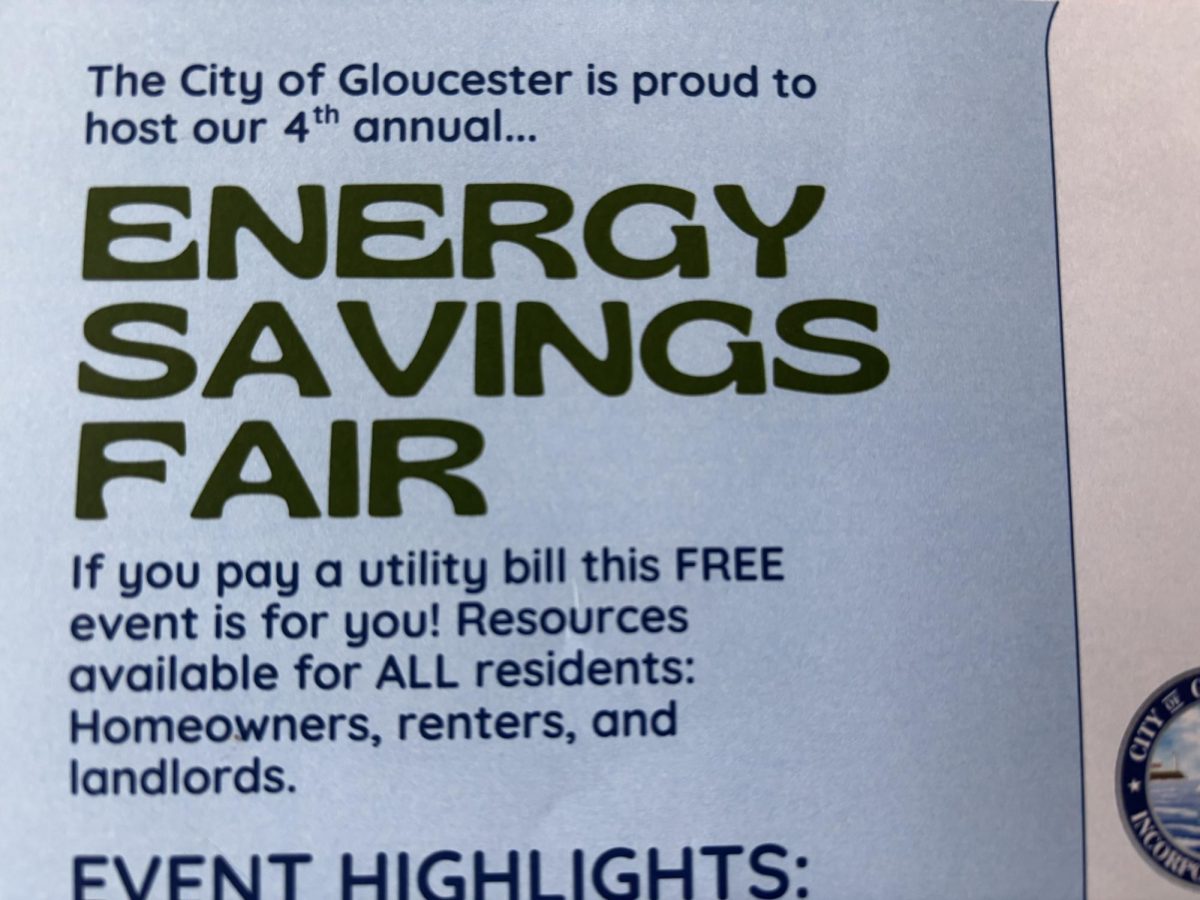

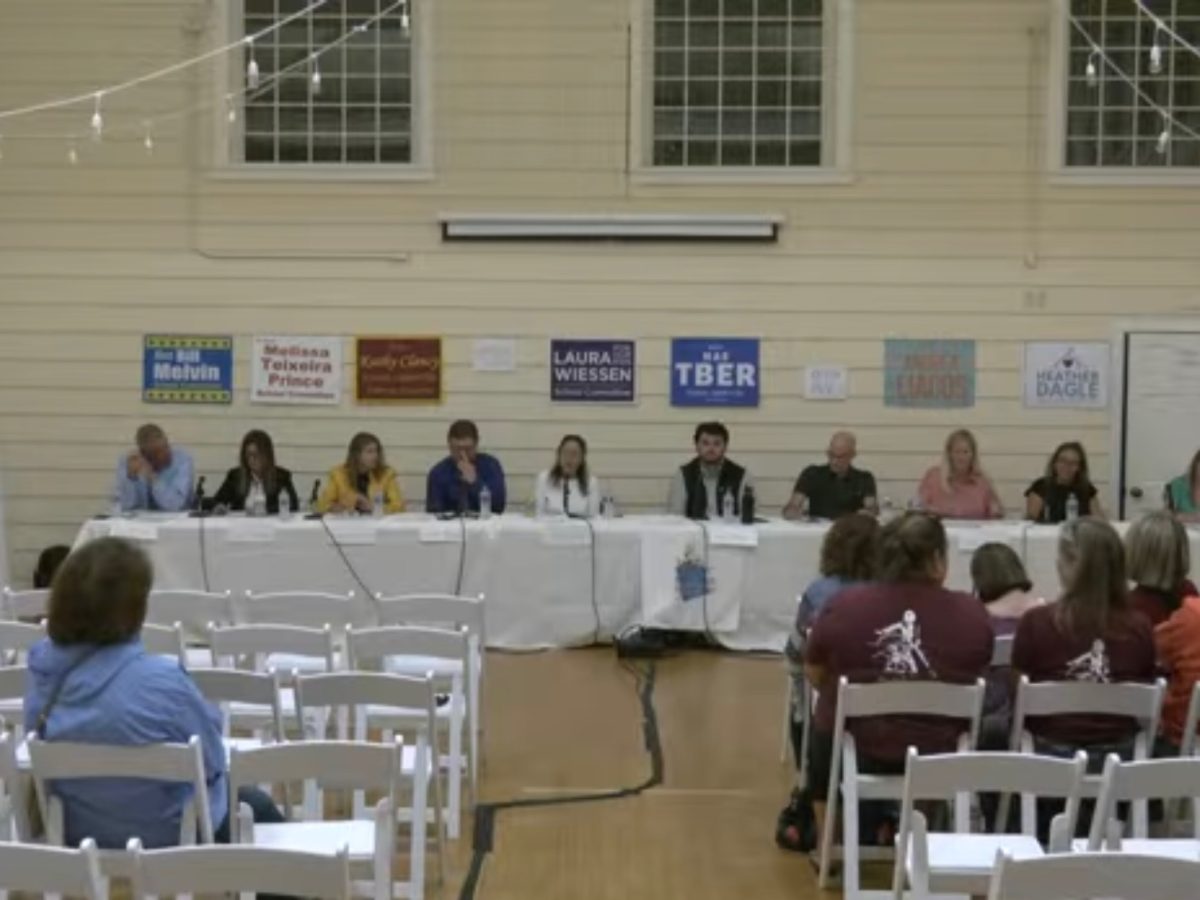





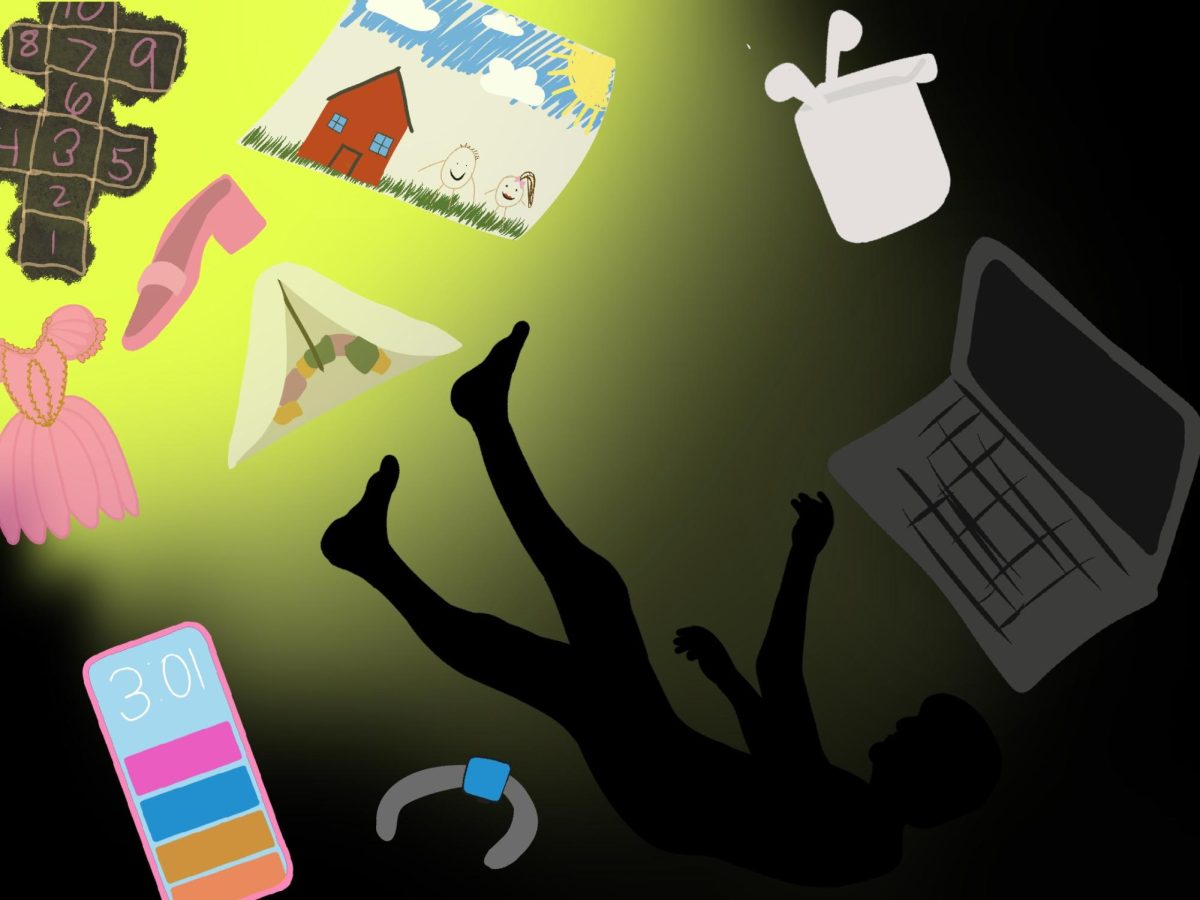

![The Volleyball team poses after their win. [Photo courtesy of GHS Volleyball]](https://thegillnetter.com/wp-content/uploads/2025/10/IMG_6936.jpg)



![The GHS/MERHS senior cross country runners pose together on Senior Night. [Photo courtesy of Manchester-Essex Athletics]](https://thegillnetter.com/wp-content/uploads/2025/10/Screenshot-2025-10-10-at-11.18.29-AM.png)
